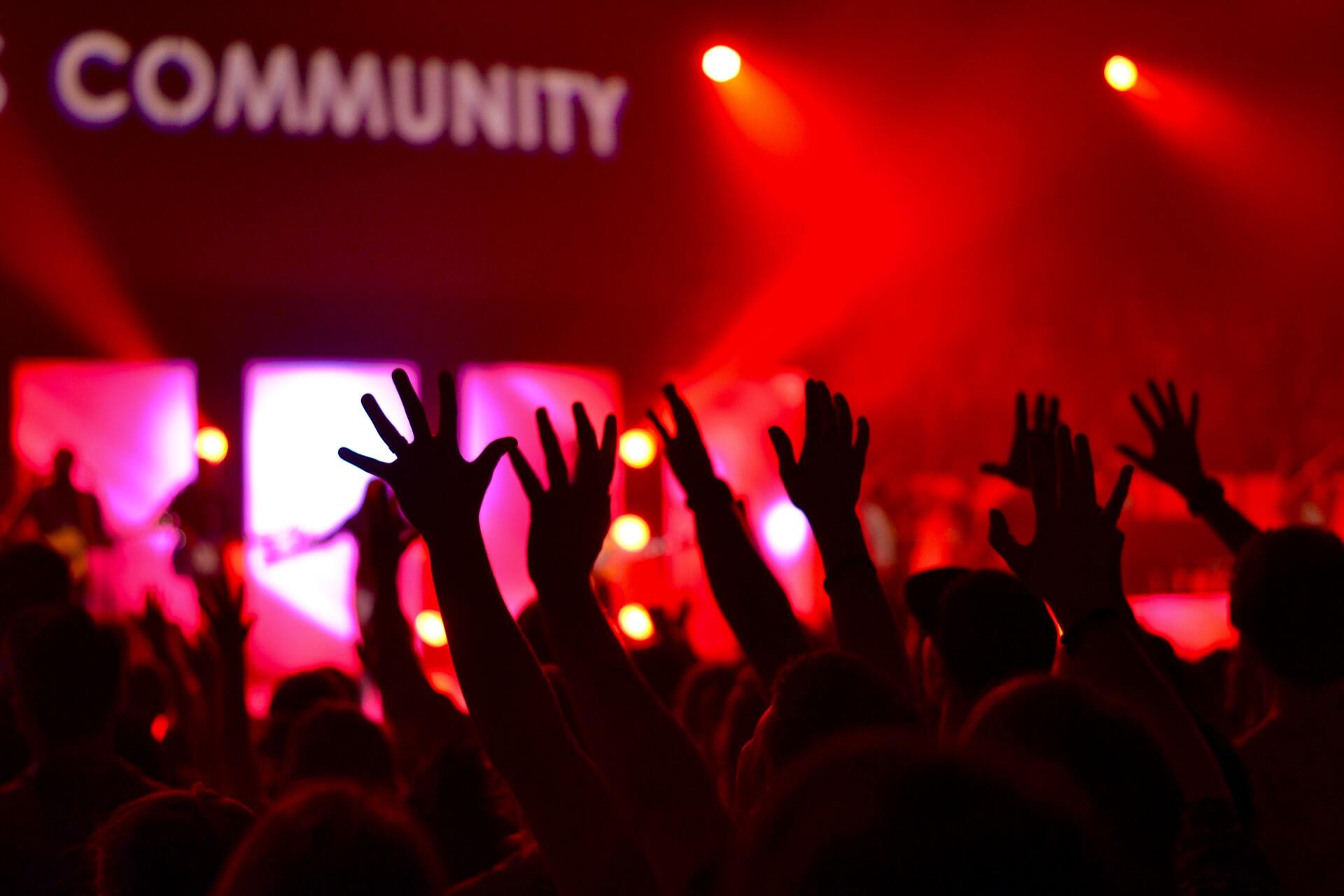Does Posting With 3rd-Party Social Media Tools Have a Negative Impact on Facebook Engagement?
"It’s the million-dollar question that every social media marketer wants the answer to."

It’s the million-dollar question that every social media marketer wants the answer to.
Why? It’s simple. If you spend hours every day crafting social media posts, you want reassurance that they’ll have the best possible chance of being seen by your brand’s Facebook following.
Because when your posts are seen by the right people, the likelihood of conversions and ultimately, sales, are increased.
With so much at stake, it’s unsurprising that so many theories exist to explain why posts might not perform as well as hoped.
For every marketer who blames third-party scheduling tools for their posts’ declining organic reach on Facebook, there’s another who will hold Facebook’s ever-changing algorithm responsible.
So, what is the role of third-party tools in the success of your brand’s Facebook posts?
In this guide, we set out to decipher exactly that. How? By carrying out our own research into the engagement and reach of our users’ Facebook posts.
We’re excited to show you the insights we’ve gained from our research. So, if you’d like to learn more on this hot button topic, as well as garner advice on how to boost the organic reach of your Facebook posts, then keep reading.
How we set up our research
This section covers how we organised our research, as well as how we arrived at our results.
Although a few other social media management platforms including Buffer and Agorapulse have carried out similar research into the effect of third-party scheduling tools on social media post reach and engagement, ours differs.
This is because, rather than setting up a live experiment, which is very time-intensive, we chose to analyse data that was readily available to us.
Here’s how we did it:
Where did we gather our data from?
In order to understand the levels of reach and engagement that our users were achieving on their Facebook posts, we turned to Facebook’s Open Graph API.
For anyone who's wondering, API stands for application programming interfaceand is the gateway that allows two applications - in this case, Sendible and Facebook - to communicate with each other and access reporting data. This is the same interface that's used when you create and schedule posts to Facebook.
API restrictions are the reason why no third-party tool can offer the same functionality as the native platforms. It’s why you can’t schedule carousel posts to Instagram via MaxxMyBrand, just yet.
Facebook’s Open Graph API allows you to access key information about Facebook users posts. This could be page information, such as how many fans a Facebook page has, as well as specific post information, such as the number of likes or impressions that a particular post has gotten.
By accessing this API, we were able to view detailed information about the posts that our users had scheduled, including their engagement rates.
How many posts did we analyse?
In total, we analysed over five thousand posts from 58 different Facebook pages, all of differing sizes and from varying industries.
The smallest page we looked at had a following of 196 page fans and the largest page had a following of 6,624,360 page fans.
For variety, we also looked at posts from a broad range of industries.
These spanned from non-profits to e-commerce brands, news sites, sports clubs and restaurants. There were also posts from businesses with backgrounds in automotive sales, politics and art.
What time frame did we use?
We looked at roughly 100 of the latest posts from all 58 pages, spanning the last few months, with most of them being published in September and October 2020.
How did we arrive at our results?
We began by narrowing down the criteria for what we wanted to measure.
Firstly, we knew that we wanted to understand more about the engagement rates of each of the posts that we’d selected to analyse, so that was our starting point for deciding which data to pull.
The data points that we considered most important for understanding overall reach and post engagement rates were:
- Application - where the post was posted from (third-party tool or natively from Facebook)
- Post engaged user rate - the total number of engagements that the post received on Facebook
- Post impressions - the total number of Facebook users who saw the post on their newsfeed
- Post type - link, photo or video
Once we’d pulled this data for all 58 pages, we then calculated the average engagement rate for posts that were scheduled or published via different applications - these applications included platforms such as Instagram or other third-party tools including Buffer and Hootsuite.
Next, we drilled down further into the data and aimed to find out whether there was any difference in average engagement rate for posts that were scheduled or published via different applications per different post type - this included links, photos or videos on Facebook.
Finally, we calculated the native vs third-party engagement rates for posts and compiled the data into tables for visibility.
5 learnings from our research into Facebook's reach & engagement rates when posting natively vs from a 3rd-party tool
Here are the key findings from our research:
- Overall, posts that were scheduled to Facebook via third-party tools achieved 10.3% more engagement than those posted natively. (Increase of 0.6 percentage points)
- Posting links to Facebook via third-party posting tools like Sendible actually achieved 52.9% more engagement when compared to those that were posted natively. (Increase of 2.7 percentage points)
- On average, photo posts achieve 32.2% less engagement when they’re published by third-party tools rather than from Facebook’s native platform. (Decrease of 1.9 percentage points)
- By cross-posting to Facebook via Instagram, engagement takes a hit. For both photo and video posts, we saw a decrease of about 5-10% in engaged user rate. (Decrease of 0.3 percentage points)
- Posting videos via third-party tools like Sendible resulted in decreased engagement of about 20%. (Decrease of 1.1 percentage points)
What realistic conclusions can we draw from this research?
The most surprising part of this research was seeing the huge difference in engaged user rates for link posts compared to photo and video posts.
We speculate that this might be connected to Facebook’s API restrictions when scheduling rich media posts on third-party tools. Whether that’s having to adjust your videos to match the length restrictions, or not being able to add a location tag on your photo. On the contrary, scheduling link posts is fraught with far fewer restrictions.
While there were also many other moving parts surrounding the research that we carried out - for example, the amount and varying quality of posts that were comparing - there are clear conclusions that we can draw from the data.
Firstly, and most importantly, posting via a third-party social media tool doesn’t decrease post engagement on Facebook overall.
In fact, the average engagement rate for a post on Facebook in 2020 is 3.6%, so an engagement rate of 6.4% is actually far above average and very impressive!
You might also like





